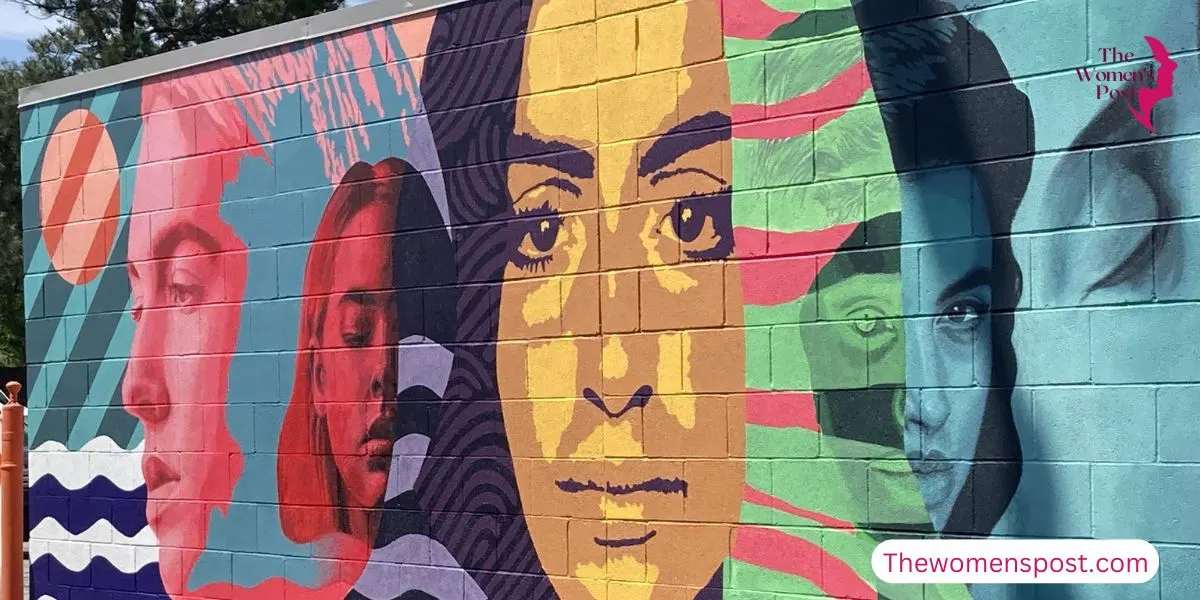Women’s Fight Against Trafficking

Human trafficking is a ubiquitous and insidious crime that affects people of various ages, genders, and socioeconomic backgrounds. However, it disproportionately affects women and girls, who have inherent vulnerabilities and institutional disadvantages that make them great targets for traffickers. According to a 2017 estimate, women and girls made up 71% of all trafficking victims worldwide, including a stunning 96% of those transported for sexual exploitation. These statistics present a bleak image of a catastrophe exacerbated by poverty, gender inequity, and conflict. This article examines the causes, consequences, and potential solutions to the gendered aspects of human trafficking.
Understanding Human Trafficking
Human trafficking is defined as the coercion, abduction, fraud, or deception used to recruit, transport, transfer, harbour, or receive people for exploitation. These purposes include forced labour, domestic servitude, sexual exploitation, and organ harvesting. Traffickers prey on the vulnerable, taking advantage of their socioeconomic status and lack of access to protective services.
While men and boys are not immune to trafficking, women and girls are particularly vulnerable because to established gender disparities, societal norms, and systemic hurdles. The nature of their exploitation is frequently linked to strongly ingrained misogyny and discrimination, manifested mostly through sexual exploitation and forced marriage.
Causes of Gender Trafficking
Poverty and economic inequality
Poverty is a major driver of human trafficking. Women and girls in many regions face limited economic possibilities as a result of structural inequality. They are more likely to labour in low-wage, insecure positions, leaving them vulnerable to traffickers’ false promises of better employment. Desperation to escape poverty frequently leads people into the hands of traffickers, who promise affluence but deliver exploitation.
Gender Based Violence
Gender-based violence perpetuates a vicious circle of vulnerability. Survivors of domestic abuse, sexual violence, or destructive traditions such as child marriage are particularly vulnerable to traffickers. Traffickers use the physical and psychological wounds produced by such brutality to exert control over their victims.
Lack of education and awareness
Limited access to education contributes significantly to the perpetuation of trafficking. Women and girls are vulnerable targets due to illiteracy and a lack of information about the hazards of trafficking. Education not only provides individuals with knowledge, but it also leads to economic independence, eliminating vulnerability.
Armed conflict and displacement
Conflict zones are hotbeds of people trafficking. The disintegration of social and legal systems exposes women and girls to unique risks. Refugees and internally displaced people are at great risk because they frequently lack basic supplies and security. Traffickers take advantage of these unstable conditions, providing false hope and possibilities.
Impacts on Victims
Human trafficking has far-reaching and catastrophic implications. Victims of trafficking face severe physical, psychological, and social consequences. Women and girls who are trafficked for sexual exploitation have a significant risk of sexually transmitted illnesses, undesired pregnancies, and physical harm. They are generally stigmatised and isolated from their communities, making reintegration and recovery difficult.
Survivors commonly experience psychological trauma, such as sadness, anxiety, and post-traumatic stress disorder (PTSD). The forceful and cruel character of trafficking deprives victims of their agency and dignity, causing lasting emotional scars. Furthermore, trafficked people are frequently locked in cycles of debt bondage, with traffickers seeking payback for fictitious debts, which perpetuates their exploitation.
Combating Gender Trafficking
Addressing the gendered features of trafficking necessitates a multifaceted approach that addresses the underlying causes and provides extensive help to survivors.
Empowering women
Economic empowerment is critical to lowering vulnerabilities. Programs that offer vocational training, microfinance options, and assistance for female entrepreneurs can help to close the economic gap that traffickers exploit. Equal pay and work opportunities for women are equally important.
Improving Education and Awareness
Education is a great weapon for combatting trafficking. Governments and non-governmental organisations (NGOs) must invest in educational initiatives aimed at at-risk groups, emphasising the hazards of trafficking as well as individual rights. Special emphasis should be made on educating girls because it not only minimises their vulnerability but also provides them with skills for empowerment.
Legal and Policy Interventions
Robust legal frameworks are critical in the battle against trafficking. To prevent potential traffickers, governments must enforce anti-trafficking laws and penalise those who violate them. Policies should also address gender-based violence and discrimination, which are linked to trafficking.
Protection and Rehabilitation
Victim-centered methods to prevention and rehabilitation are essential. Shelters, counselling, legal help, and healthcare services should be made available to survivors. Community-based rehabilitation initiatives can assist survivors in reintegration and minimise the stigma they endure.
Managing Conflict-Related Trafficking
The international community must prioritise the safety of women and girls in crisis areas. Humanitarian organisations should include anti-trafficking measures in their activities to protect displaced communities from exploitation.
The Role of Society
Society has an important role in combatting trafficking. Foundational actions include challenging negative gender conventions, fighting for equality, and fostering a culture of respect for human rights. Communities must actively participate in discovering and reporting trafficking operations, assisting survivors, and cultivating a climate of inclusiveness and empathy.
International Collaboration
Human trafficking is a global concern that necessitates international cooperation. Cross-border trafficking necessitates international collaboration to disrupt trafficking networks and provide seamless support to victims. International organisations like as the United Nations and Interpol play important roles in coordinating anti-trafficking efforts and enforcing global norms.
Human trafficking, particularly the trafficking of women and girls, is a scourge on global civilisation, highlighting the ongoing disparities and injustices that vulnerable groups suffer. Combating this epidemic demands a comprehensive approach that addresses the underlying causes, empowers victims, and holds perpetrators accountable. We may work towards a world where no one is a victim of trafficking by supporting economic independence, education, and eliminating damaging societal practices. The trip is difficult, but each step taken brings us closer to justice and equality for all.









